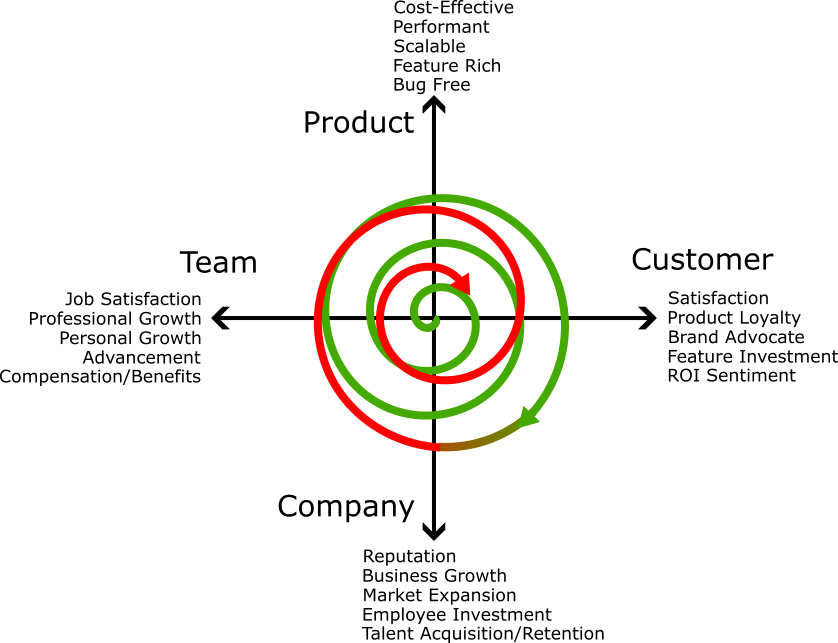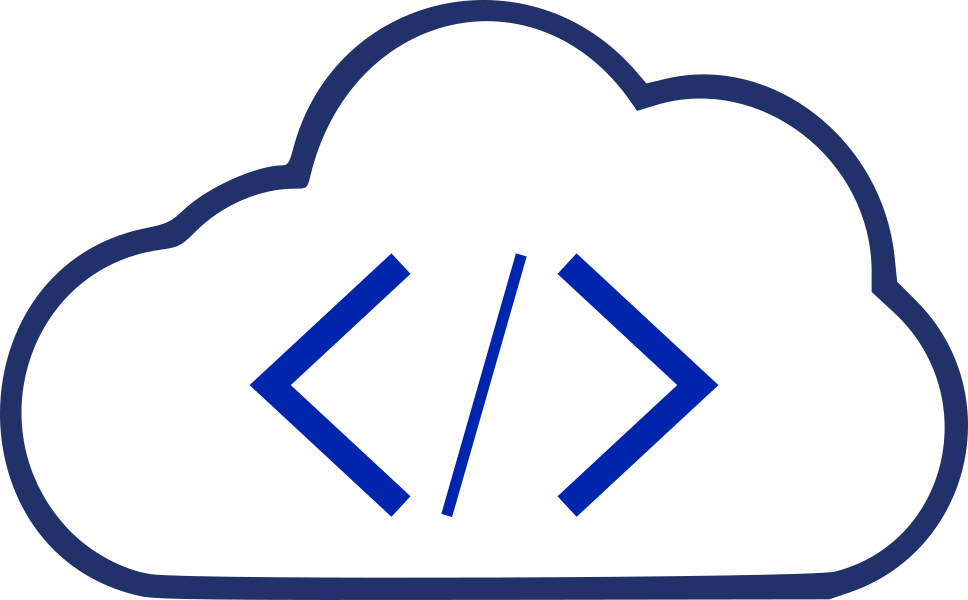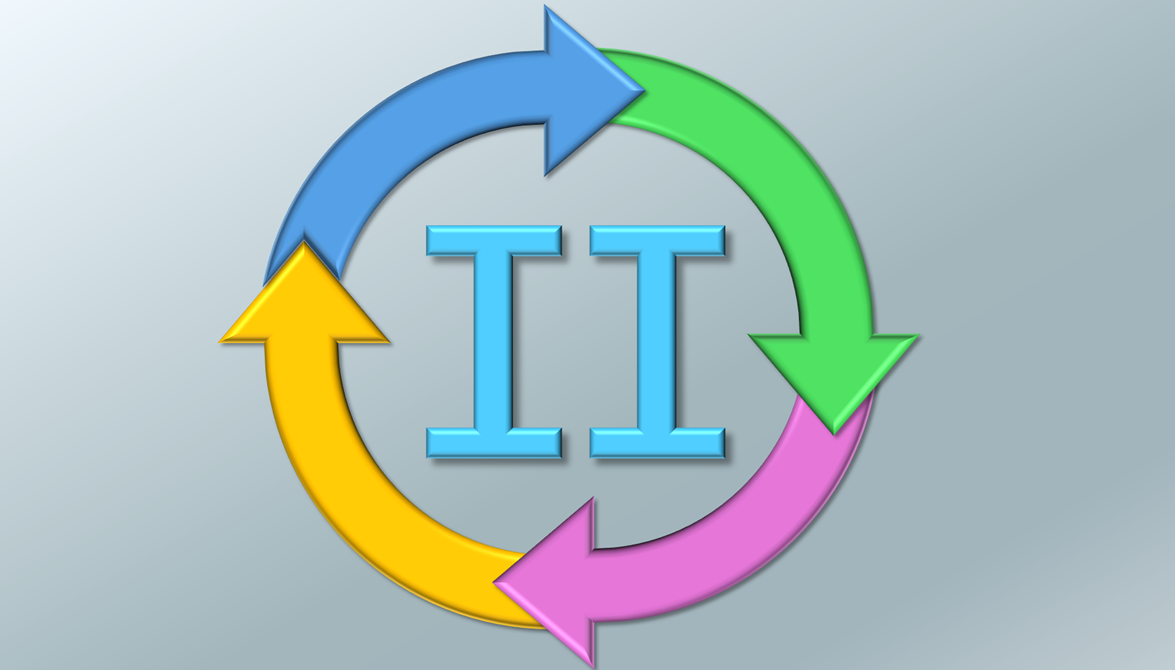The often-overlooked feedback loop
Recap
In my last post, I introduced the “Circle of Influence” concept and the stakeholders involved in the loop: The Product, Customer, Company, and Team.
In this post, I will discuss how all these stakeholders directly influence one another and eventually loop back to influence themselves, either positively or negatively. This includes us as engineers, as our small daily decisions on the level of quality we are committed to dictate a large amount of our daily work environment, our professional growth, and our personal enjoyment in our profession.
Closing the Loop: The Continuous Feedback Cycle
The Circle of Influence is a continuous feedback loop. High-quality products lead to satisfied customers, which results in a successful company. A thriving company, in turn, nurtures its teams, empowering them to create even better products. This loop reinforces the importance of focusing on every quality aspect without compromise. Companies and teams can ensure that this virtuous cycle remains unbroken by maintaining a commitment to quality in every phase of the software development lifecycle.

This continuous feedback loop, however, is not a static entity. It represents a dynamic and ever-evolving process that can spiral outward into growth and positivity or inward into a negative decline. A positive spiral propels the company forward, fostering innovation, growth, and excellence.

On the other hand, a negative spiral leads to a point of collapse. This does not imply total failure but rather hitting a critical juncture where teams must reflect, regroup, re-examine, re-tool, re-organize, re-engineer, and refactor their strategies and systems before the spiral can be turned positive.

This is never an enjoyable stage for anyone involved, and it is far better to avoid this entirely.
The Transition Point Is Hard To Identify
A positive spiral often gradually transitions to a negative one. During periods of growth, the team may feel that things are progressing well enough that small shortcut decisions seem harmless. The immediate impact of these decisions is often minimal, and the growth spiral continues seemingly unaffected. However, the actual consequences of these quality sacrifices are deferred and can significantly lag in timing behind the initial cause(s). This delayed impact can make it challenging to pinpoint precisely when the course changed.

As the company and its products flourish, it is essential to pay diligent attention to every quality aspect, no matter how minute. When things are going well, it can be tempting to prioritize new features, customer acquisition, and bug fixes over the more minor details. While those priorities are essential, overlooking the finer points can lead to accumulating technical debt, which can significantly burden the business over time.
As technical debt accumulates unnoticed, the turning point has already been reached by the time the negative effects become apparent. Once robust, the product’s foundation shows signs of strain, and the team grapples with increasingly complex and expensive problems.
When the negative spiral is fully recognized, the company may already be entrenched in a cycle of patching and quick fixes, struggling to reclaim the stability and performance that once set it apart.
When the negative spiral is fully recognized, the company may already be entrenched in a cycle of patching and quick fixes, struggling to reclaim the stability and performance that once set it apart. The realization dawns that the decisions made to expedite progress have undermined it. The shift in direction was not sudden but rather a series of gradual compromises that, collectively, steered the company and product off course.
While this is happening, a competitor may introduce a product that, although it lacks all the features your product offers, excels in reliability, scalability, speed, cost-effectiveness, and bug-free performance. Likewise, the competitor may be better positioned to be more responsive to bug fixes and new feature requests. In such a scenario, your product may face increased scrutiny and criticism. You may be expending considerable time and resources to catch up and address issues that were once minor and manageable but have now grown into substantial, complex problems requiring risky and costly refactoring.
The Cost of Success
Success can be a deceptive adversary. When a team experiences significant growth and positive momentum, this can create a false sense of security. The belief that “if it isn’t broken, why fix it?” becomes pervasive. This mindset can lead to complacency and the assumption that the existing processes and practices are sufficient. However, this very thinking can turn previous success into a liability.
Engineers, confident in the company’s trajectory, might opt for shortcuts, believing small sacrifices in quality are inconsequential in the grand scheme of things. But these compromises accumulate over time, transforming into a subversive cost that weighs heavily on the product and the team. The minor issues that were once manageable grow into formidable obstacles, revealing the cracks in what was thought to be a solid foundation. In this gradual erosion of quality, the seeds of decline are sown, turning previous successes into a breeding ground for future challenges.
Velocity Decline Conundrum
Agile teams that track velocity often experience a puzzling decrease in their productivity metrics. The reasons for this decline can be elusive, leading the team to attribute it to external influences, improper sizing of user stories, or variations in team skill and experience levels. However, these factors are typically not dramatically different from before, and the actual cause of the slowdown often lies elsewhere.
The reality is that the team’s initial focus on velocity over quality can create a self-imposed burden. Early on, focusing heavier on velocity, the engineers may cut corners on quality, resulting in a codebase that is now difficult to maintain. Fixes take longer, new features introduce unintended side effects, time is spent enhancing performance or security instead of new features, and significant refactoring is required to implement changes. The code has become fragile, convoluted, and challenging to understand.
This focus on team velocity at the expense of quality has eventually undermined the team’s efforts to achieve the agility and responsiveness they strive for. The team’s initial narrow focus and goals can ultimately become their greatest antagonist.
Attention to Detail: The Foundation of Sustainable Growth
The lesson here is clear: maintaining high-quality standards from the outset and resisting the temptation to compromise, even during periods of rapid growth, is essential. By doing so, companies can avert the gradual but inevitable decline that results from sacrificing quality for short-term gains. The sustainability of growth and the product’s resilience depends on this unwavering commitment to excellence.
Therefore, maintaining this commitment to quality in every phase of the software development lifecycle is paramount. By doing so, companies can avoid the pitfalls of growing technical debt and ensure their product remains competitive and robust in the face of evolving market demands.
Overlooked Quality Aspects: Beyond the Basics
While delivering new features, having an attractive user interface, promptly fixing bugs, and providing solid customer support are vital components of software development, they are just the visible layers of a much deeper commitment to quality. True quality also includes the finer points of developing and implementing top-notch artifacts, which often revolve around following best practices and principles and focusing on non-functional requirements such as performance, security, scalability, and maintainability.
These best practices and non-functional requirements are frequently overlooked in the rush to deliver visible features and enhancements. However, they are critical in ensuring a product’s robustness, reliability, and long-term success. Incorporating these quality aspects from the outset and throughout the development process can significantly reduce technical debt and prevent the gradual decline that can occur when these elements are neglected.
In my next blog post, I will explore these quality aspects further, focusing on how attention to the often-overlooked details can elevate the quality of software products and contribute to sustainable growth and customer satisfaction.
Call To Action
I urge you to evaluate your current situation critically. Reflect on the attention to detail applied to your processes, procedures, and artifacts. Consider thoroughly reviewing your development lifecycle to identify areas where quality may be compromised for expediency.
Ask yourself and your team these crucial questions:
- Are we maintaining consistent quality across all aspects of our product?
- Are we addressing non-functional requirements with the same rigor as functional features?
- Are we proactively managing technical debt to avoid accumulating a significant burden?
- Are we adhering to well-known and proven best practices?
By dedicating time to this introspection, you can uncover the strengths and weaknesses of your current approach. Recognize the positive impacts of stringent quality standards, such as enhanced reliability, customer satisfaction, steady or improved performance, maintainability, and sustainable growth. Conversely, identify any negative consequences from overlooked details, such as increased bug rates, long and slow delivery cycles, reduced performance, and scalability issues.
Every decision—big or small—shapes the future of your product and your team. Taking shortcuts and making compromises inevitably negatively impact you and your team.
Taking steps towards a more meticulous and holistic approach to quality will fortify your product and establish a culture of excellence that resonates throughout your organization.
Taking steps towards a more meticulous and holistic approach to quality will fortify your product and establish a culture of excellence that resonates throughout your organization. Commit to this continuous improvement and ensure that your products are not just good but exceptional, thriving in the face of ever-evolving market demands.
Summary
In this post, I discussed the effects of the Circle Of Influence in software engineering, underscoring the interconnectedness of the working team, the company, the software product, and the customers. By prioritizing quality at every step, companies can create a positive feedback loop that benefits all stakeholders. Investing in quality leads to better products and fosters a culture of excellence that can sustain and propel a company to greater heights.
Committing to quality can profoundly impact your professional and personal growth. By consistently striving for excellence in software development, you can enhance your technical skills and knowledge while cultivating a deep sense of accomplishment and pride in your work. This dedication to quality can foster a reputation for reliability and expertise, opening doors to new opportunities and collaborations. On a personal level, working on product enhancement, introducing features, integrating new technologies, and expanding your expertise is far more enjoyable than constantly fixing bugs, putting out fires, and hunting down performance issues. A successful, growing company also tends to have more opportunities for professional growth and advancement.

